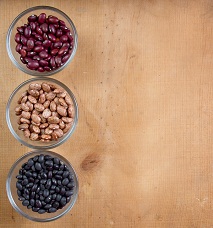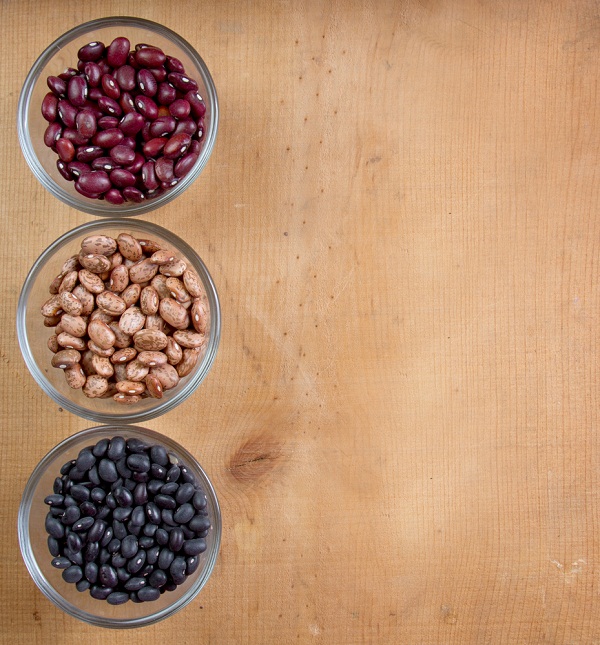Portion Distortion

When kids follow dietary recommendations for daily servings, they are well on their way to healthy eating and a healthy weight. Unfortunately, many kids today seem to be suffering from “portion distortion.” When talking about what kids eat or drink, keep these definitions in mind:
- Serving Size
A serving is a specific amount of food or drink that is defined by common measurements, such as cups, ounces, or tablespoons. Examples include recommended servings from MyPlate (the amount kids should eat) and the serving size on a Nutrition Facts label, which is the basis for all the other nutrition information on the label. In many cases, the serving size listed on the Nutrition Facts label is different from the MyPlate recommended serving size. In fact, many of the MyPlate serving sizes are smaller than those listed on the Nutrition Facts label. - Portion Size
A portion is basically the amount of food that happens to end up on the plate. Think of portion size as the actual amount of food kids choose to eat at breakfast, lunch, dinner, or a snack. Portions can be bigger or smaller than the recommended serving size.
Visualizing Appropriate Portion Sizes
One reason kids may not be eating appropriately sized portions based on the recommended serving sizes is that they may not recognize what a reasonable portion looks like. What does one-half cup of pasta look like? What about three ounces of chicken or two tablespoons of peanut butter?
The good news is that kids don’t need a measuring cup or scale to measure the portions they should eat – instead, they can visualize them by using familiar objects, such as a tennis ball or CD, that are similar in size to recommended serving sizes. Before they eat or drink, they can think of the relevant object and choose a portion that matches its size.
Here are some tips to help you and your kids visualize portion sizes:
| Food | Portion Size | A Portion Is About the Size of… |
| Grains Group | ||
| Bread | 1 ounce or 1 regular slice | CD cover |
| Dry cereal | 1 ounce or 1 cup | Baseball |
| Cooked cereal, rice or pasta | 1 ounce or ½ cup | ½ baseball |
| Pancake or waffle | 1 ounce or 1 small (6 inches) | CD |
| Bagel, hamburger bun | 1 ounce or ½ piece | Hockey puck |
| Cornbread | 1 piece | Bar of soap |
| Fruits Group | ||
| Orange, apple, pear | 1 small (2½ inches in diameter) | Tennis ball |
| Raisins | ¼ cup | Golf ball |
| Vegetables Group | ||
| Baked potato | 1 medium | Computer mouse |
| Vegetables, chopped or salad | 1 cup | Baseball |
| Dairy Group | ||
| Fat-free or low-fat milk or yogurt | 1 cup | Baseball |
| Cheese | 1½ ounces nature cheese or 2 ounces processed cheese | 9-volt batter |
| Ice cream | ½ cup | ½ baseball |
| Protein Foods Group | ||
| Lean beef or poultry | 3 ounces | Deck of cards |
| Grilled or baked fish | 3 ounces | Checkbook |
| Peanut butter | 2 tablespoons | Ping-pong ball |
| Oils Group | ||
| Tub of margarine | 1 teaspoon | Standard postage stamp |
| Oil or salad dressing | 1 teaspoon | Standard cap on a 16-ounce water bottle |
This post was originally published on Eat Right.org.
This post was written by Jodie Shield (Jo Ellen Shield), MED RD LD and Mary Mullen, MS RD co-authors of “Healthy Eating, Healthy Weight for Kids and Teens” from the Academy of Nutrition and Dietetics, member of the Together CountsTM program. Visit their website for more healthy eating tips at healthyeatingforfamilies.com.

